Comfrey Can Be Propagated By Seed, But Make Sure You Choose A Non-Sterile Type

PERENNIALS > COMFREY > SOWING

Elizabeth is a Permaculture Garden Designer, Sustainability Consultant and Professional Writer, working as an advocate for positive change. She graduated from the University of St. Andrews with an MA in English and Philosophy and obtained a Diploma in Applied Permaculture Design from the Permaculture Association.
Reviewed By DAN ORI

Dan has over 27 years’ under his belt caring for plants and gardens. Working as a Horticultural Instructor and Consultant, he draws on a diverse range of experience that includes working as a Head Gardener, Tree Surgeon, Garden Centre Trouble Shooter, and writer of academic papers. Dan has a Level 3 Diploma in Horticulture and is currently a candidate for the RHS’s most prestigious award – The Master of Horticulture.
IN THIS GUIDE
COMFREY GUIDES
Comfrey vs Borage
Fertiliser
– For Tomatoes
Growing From Seed
Harvesting
Root Cuttings
Varieties
Comfrey is an incredibly useful plant to grow in an organic and sustainable garden.
However, some comfrey that is commonly grown is selected because it is sterile, or, in other words, it will not set seed.
Sterile cultivars are often selected because, for all its benefits, comfrey can also become a nuisance in the wrong setting when it can set seed and spread on its own.
The deep roots of the plant can make it difficult to eradicate once it has colonised an area.
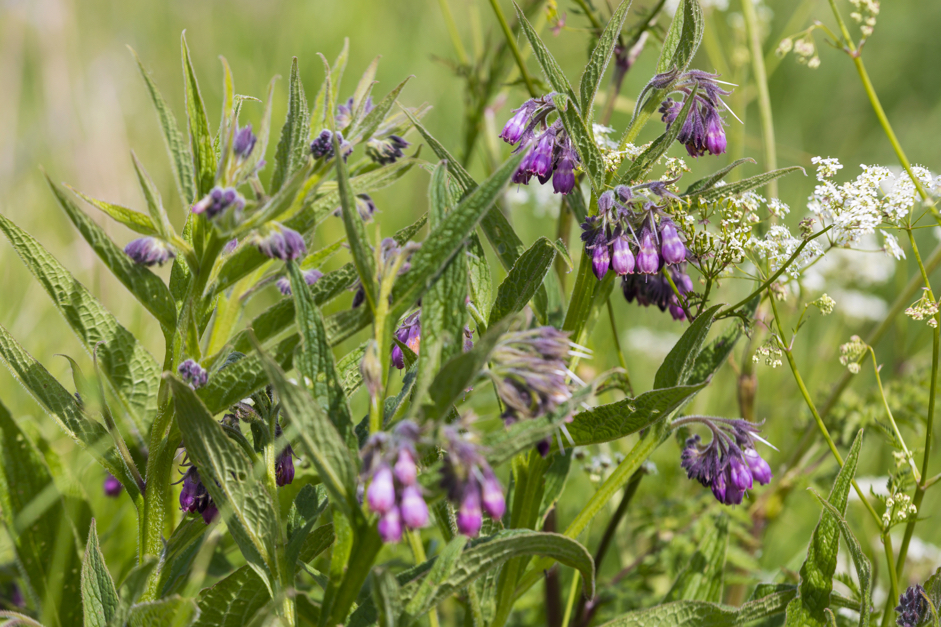
However, some gardeners may still decide to grow comfrey (such as Symphytum officinale) which can be grown from seed.
Make sure you choose non-sterile comfrey to collect seeds from or purchase the right type of seeds for your needs.
If you would like to grow non-sterile comfrey from seed:
- Sow seeds in a seed tray undercover or in a cold frame in spring (March-April) or autumn (September-October). Alternatively, you can directly sow comfrey in the garden in spring.
- Prick out seeds into individual pots once large enough to handle.
- Overwinter seedlings under cover during their first winter.
- Plant out the young plants into their permanent positions in spring, after the last frost date in your area.
However, consider that other methods of propagation are quicker and easier.
Read on for a more in-depth explanation:
| Difficulty | Medium |
| Equipment Required | Seeds, pots or seed trays, potting medium, cold frame/ greenhouse or polytunnel |
| When To Sow | March-April or September-October |
| When To Plant Out | April-May |
Can You Grow Comfrey From Seed?
Symphytum x uplandicum ‘Bocking 14’ is the most common sterile cultivar grown.
It is a hybrid of S. asperum and S. officinale.
This plant does not set viable seeds and so cannot be propagated in this way.
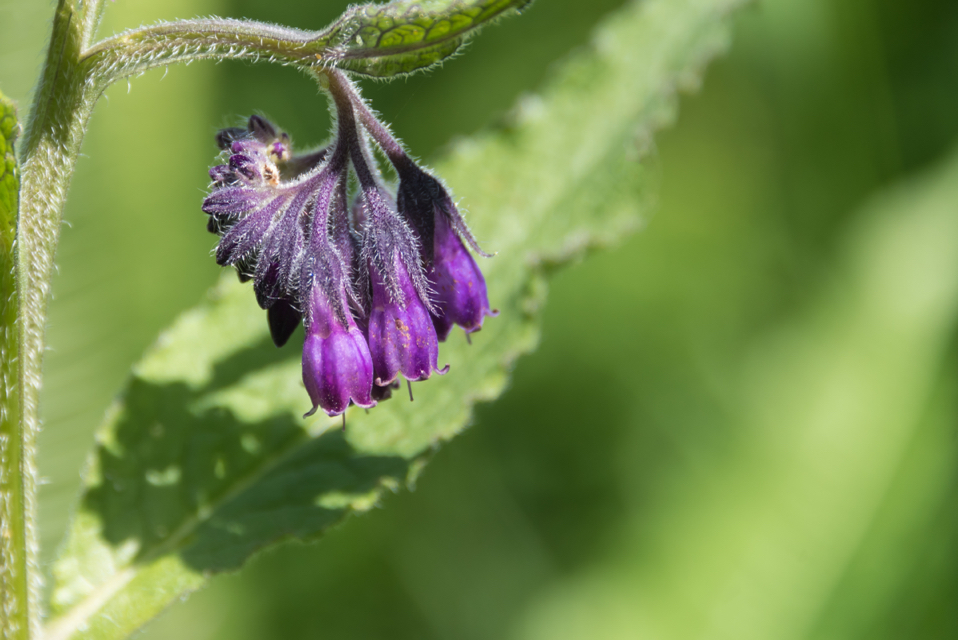
However, species types which do set seed, such as S. officinale can be grown from seed.
This is not the easiest way to propagate these plants, and generally, propagating by division or root cuttings is far easier, but sowing seeds can provide you with many new plants at one time.
There are also other types of comfrey that you can propagate by seed, but these are nowhere near as common in the UK.
When To Sow
Comfrey seeds can be sown either in spring or autumn.
You can plant your seeds where they are to grow in spring, after the last frost date in your area, but for better results, you should sow them undercover, in a cold frame, or in another unheated undercover growing area.
1) Sow The Seeds
Comfrey seeds need a period of cold stratification, so if they have not been exposed to a period of cold, damp conditions over the winter, it can be best to place them in a fridge for a month or two in moist potting soil or a paper towel prior to sowing.
However, this may not always be necessary.
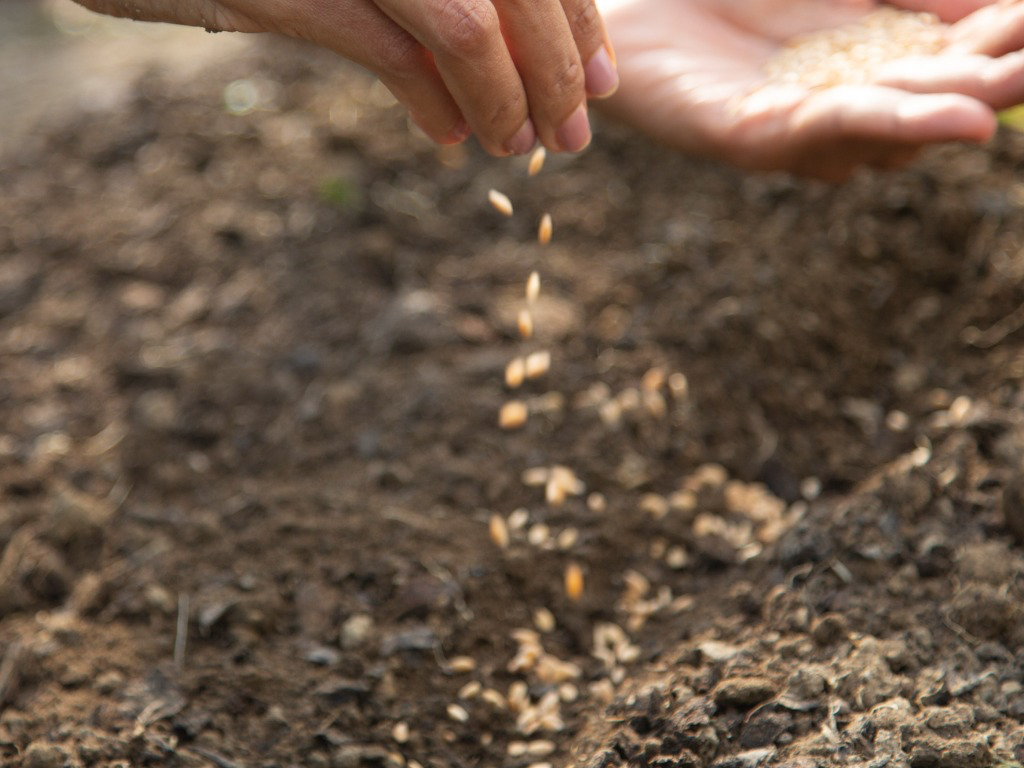
Sow seeds into a seed tray or flat filled with a suitable seed starting medium and cover them over lightly with the seed-starting potting mix.
Seeds should germinate within a couple of weeks or so when grown in the right conditions.
Soil temperature for most successful germination should be between around 15-25°C.
2) Move To Individual Pots
Once germination has taken place, and your seedlings are large enough to handle, prick each one out and pot it up into its own individual pot filled with a peat-free multi-purpose potting mix.
Since comfrey plants have deep roots and grow quickly, choose pots at least 15-20cm deep.
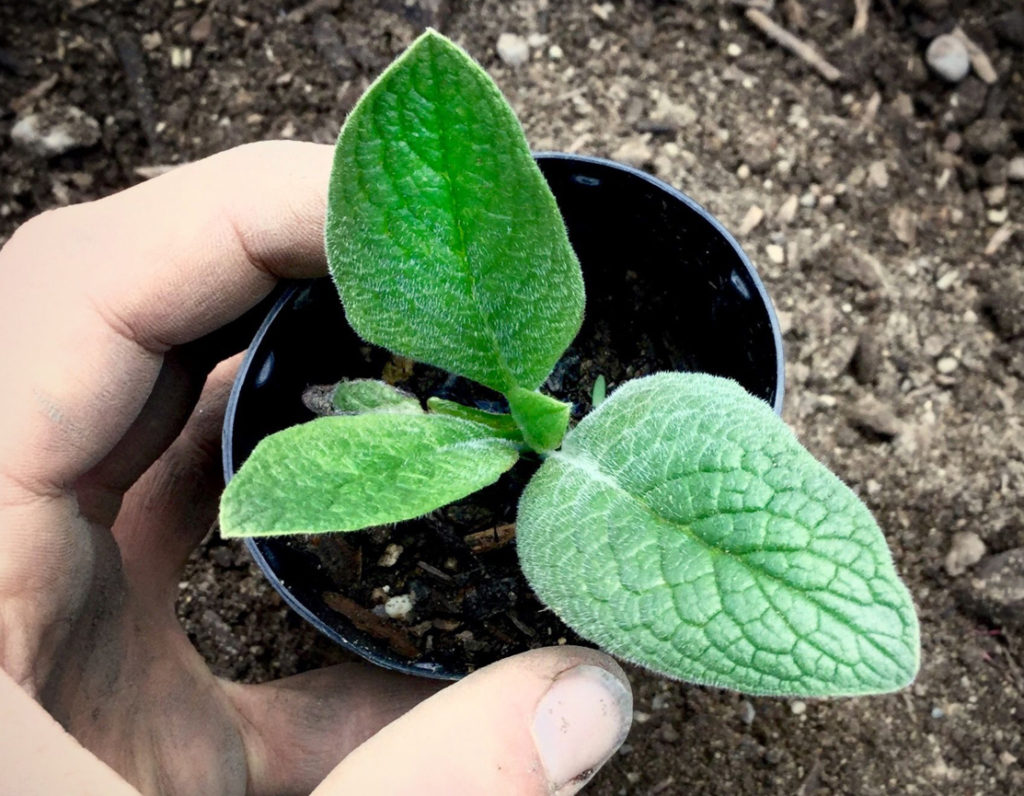
“I like to create planting plugs using the cardboard core of kitchen rolls, as this gives you a deep pot without using too much compost,” shares Master Horticulturist Dan Ori.
“When it is time to plant out, you can use a bulb planter to make the planting hole and can peel away the cardboard roll, but I plant it with the roll still on as it breaks down in the soil quickly.”
5L pots are usually the right size.
3) Overwinter
Comfrey plants should be grown in pots, ensuring that they are watered well and regularly, and it is generally best to keep them undercover in a greenhouse or polytunnel for their first winter so that they become well-established.
4) Plant Out
After they have spent their first winter in pots undercover, your comfrey plants can then be planted out into their final growing position the following spring, after the last frosts in your area.
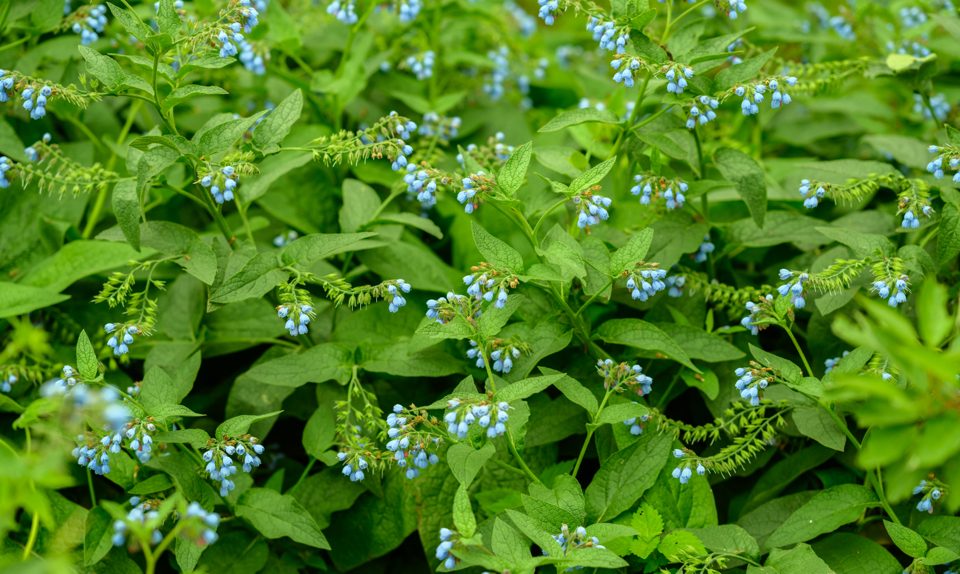
Remember, choose your position carefully, as you will find it very difficult to eradicate comfrey from a specific location if you later decide to move it.
The roots can delve metres into the soil, and the plants can regrow from root sections.
